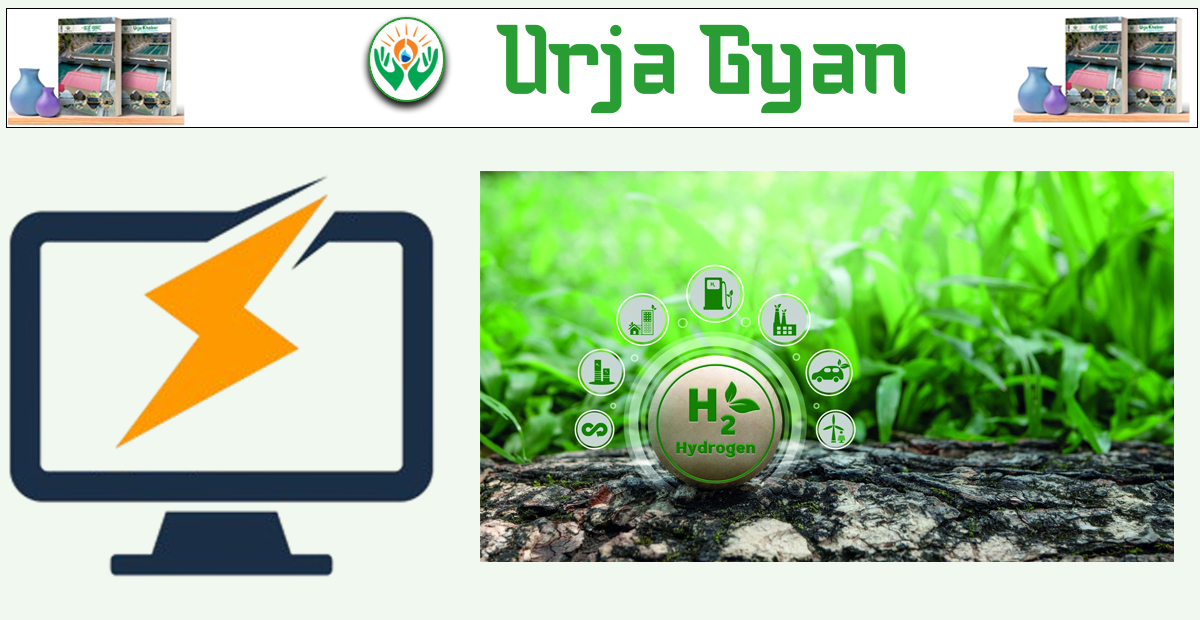Energy Update
Hydrogen Vs Helium Balloons: Risks of Chemical Explosion
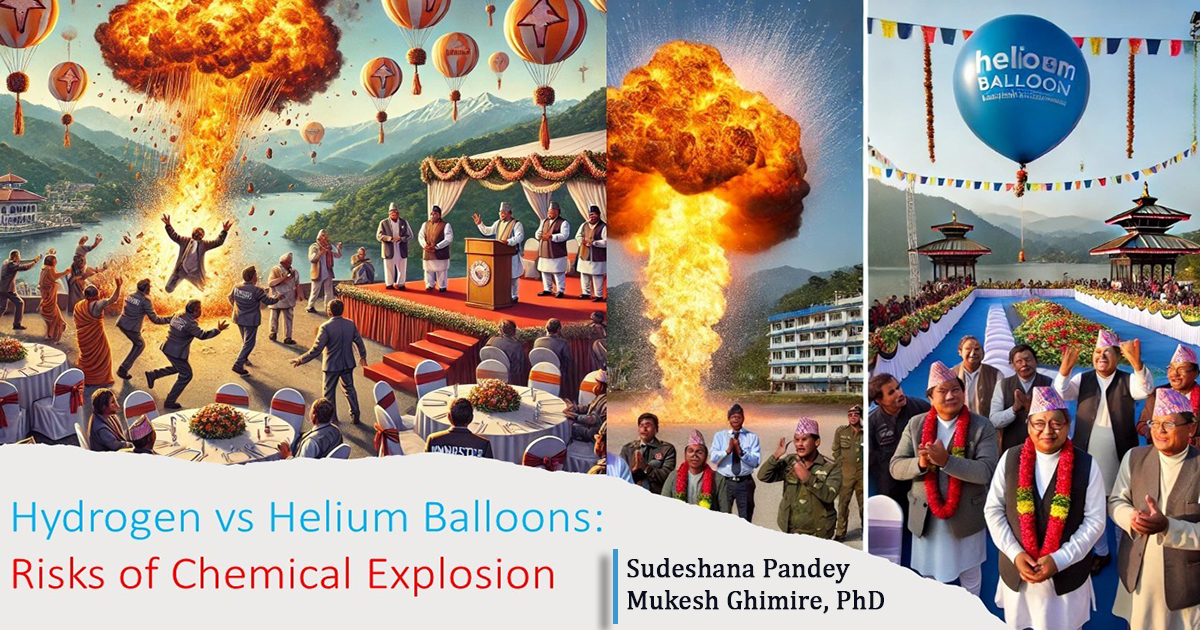
Gas Balloons and Gases
Gas balloons are filled with a variety of gases, depending on the specific type of balloon and the intended use. Some common gases used in gas balloons include helium, hydrogen, and hot air.

Helium: It is a non-flammable, lighter-than-air gas that is commonly used to fill small, novelty balloons as well as larger, more specialized balloons, such as those used for scientific research or advertising. Helium is popular for these purposes because it is relatively inexpensive and safe to use, and it has a neutral buoyancy, meaning it will neither rise nor fall in the atmosphere under normal circumstances.
Hydrogen: It is another lighter-than-air gas that is sometimes used to fill gas balloons, but it is generally considered less safe than helium due to its flammability. Hydrogen-filled balloons have been involved in several high-profile accidents, and as a result, their use is often regulated or banned in certain areas.

Hot air balloons: These are filled with heated air, which is generated by a burners system mounted on the balloon. The heat from the burners causes the air inside the balloon to expand, making it lighter than the surrounding air and allowing the balloon to rise. Hot air balloons are typically made of a lightweight, fire-resistant material such as nylon or polyester.
Gas Chemical Properties
Which Balloons Explosion Happen and Why?
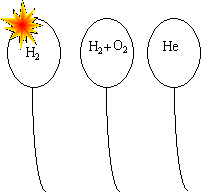
Helium is an "inert" gas and does not react in the presences of heat or air. This is why the balloon filled with helium does nothing more than pop.
Hydrogen gas is very flammable. This is why the balloon filled with hydrogen ignites.
The heat given off by the candle provides the activation energy required for the reaction that produces water from hydrogen and oxygen. This reaction is highly exothermic, producing the prodigious explosion. It should be noted that, if this reaction were carried out with the stoichiometric ratios for a complete reaction (i.e. two parts hydrogen for each part oxygen), the resulting explosion would be larger, but would also be too dangerous to be used as lecture demonstration.
Thermodynamically, the reaction between hydrogen and oxygen is very favorable. However, a balloon filled with hydrogen and oxygen at room temperature will remain inert indefinitely. Kinetically, one must apply an energy of some kind in order to get the reaction started. Once the candle provides this activation energy, the balloon's chemicals react, and the balloon detonates.
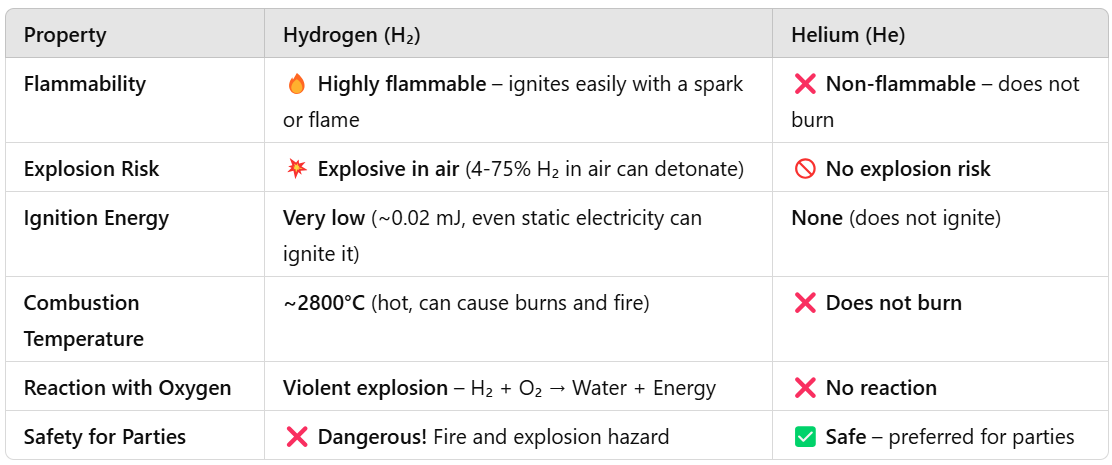
World’s Major Balloons Accident
According to literature, from 1785 to 2024; a total of 94 balloon accidents occurred in different parts of the world. From these 94 accidents, 252 people dead and 284 people are injured from these accidents. The top major balloons accidents in terms of death and injury were as follows:
Nepal’s Recent Accident & Major Causes
The incident occurred when hydrogen-filled balloons went up in flames during the event at the Exhibition Centre in Pokhara-9, Naya Bazar. Deputy Prime Minister and Finance Minister Bishnu Prasad Paudel and Pokhara Metropolitan Mayor Dhana Raj Acharya, who sustained burn injuries on 15th February 2025, Saturday.
Finance Minister Paudel first pressed a button to inaugurate the event digitally and Mayor Acharya was facilitating Paudel in the process. Then, when they tried to fly a bunch of balloons, a flying spark fired the hydrogen-filled balloons.
Generally, Helium gas is used for party balloons. Helium balloons are completely safe, as helium is non-flammable and non-explosive. In recent accident, hydrogen gas was used instead of helium gas. But when hydrogen gas is used in hydrogen balloons for indoors or near flames, as they pose a serious fire and explosion hazard. They can explode with a loud boom and create a fireball if ignited.
Hydrogen is Unsafe?
“No; It’s safe; However, handling requires safety precautions”
Today’s world is looking forward as hydrogen as future energy carrier and considered as clean energy transition means towards meeting net zero emission goals. The production, storage, and utilization of hydrogen for various applications need proper standards and safety measures.
Hydrogen Energy & Economy
Hydrogen is an energy carrier, which can be produced from different sources. The colors of hydrogen is named as green, gray, blue, brown, etc. based on how they are produced. Hydrogen produced from renewable energy sources is known as green hydrogen. Electrolyzers are used for the water electrolysis for generation of hydrogen from water.
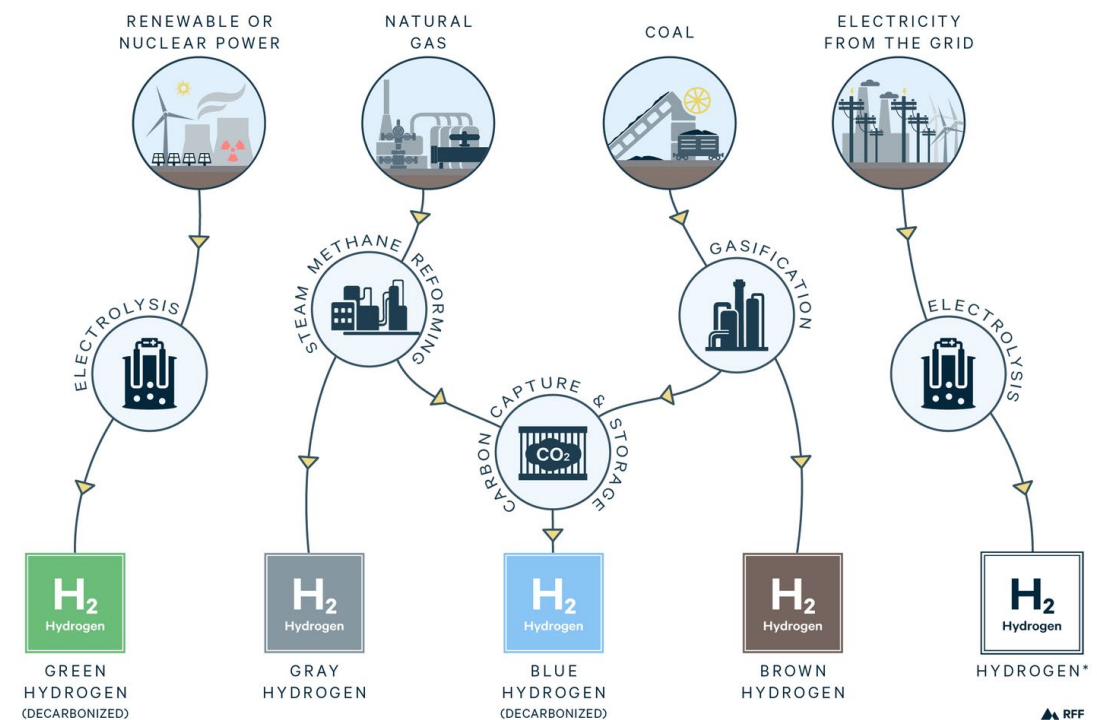 Fig: Hydrogen Colors
Fig: Hydrogen Colors
Fuel cells are used for the utilization of hydrogen, it is similar as utilization of fuel (hydrogen) in the presence of oxygen.
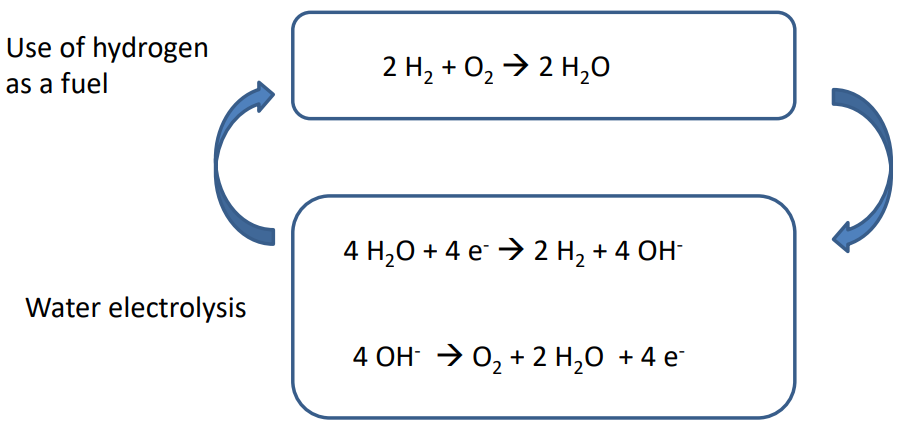
Fig: Hydrogen Economy
References:
https://mathematics-and-physics.quora.com/Which-gas-is-filled-in-gas-balloons#:~:text=Helium%20is%20lighter%20than%20air,it%20used%20to%20fill%20balloons.
https://pediaa.com/difference-between-helium-and-hydrogen/
https://chemed.chem.purdue.edu/demos/main_pages/10.1.html
https://en.wikipedia.org/wiki/List_of_ballooning_accidents
https://kathmandupost.com/national/2025/02/15/finance-minister-and-pokhara-mayor-sustain-burn-injuries-undergo-treatment-at-icu
Mrs. Pandey is a PhD scholar at Korea University, and Mr. Ghimire is the Deputy Director of the Alternative Energy Promotion Center.
Conversation

- Info. Dept. Reg. No. : 254/073/74
- Telephone : +977-1-5321303
- Email : [email protected]







